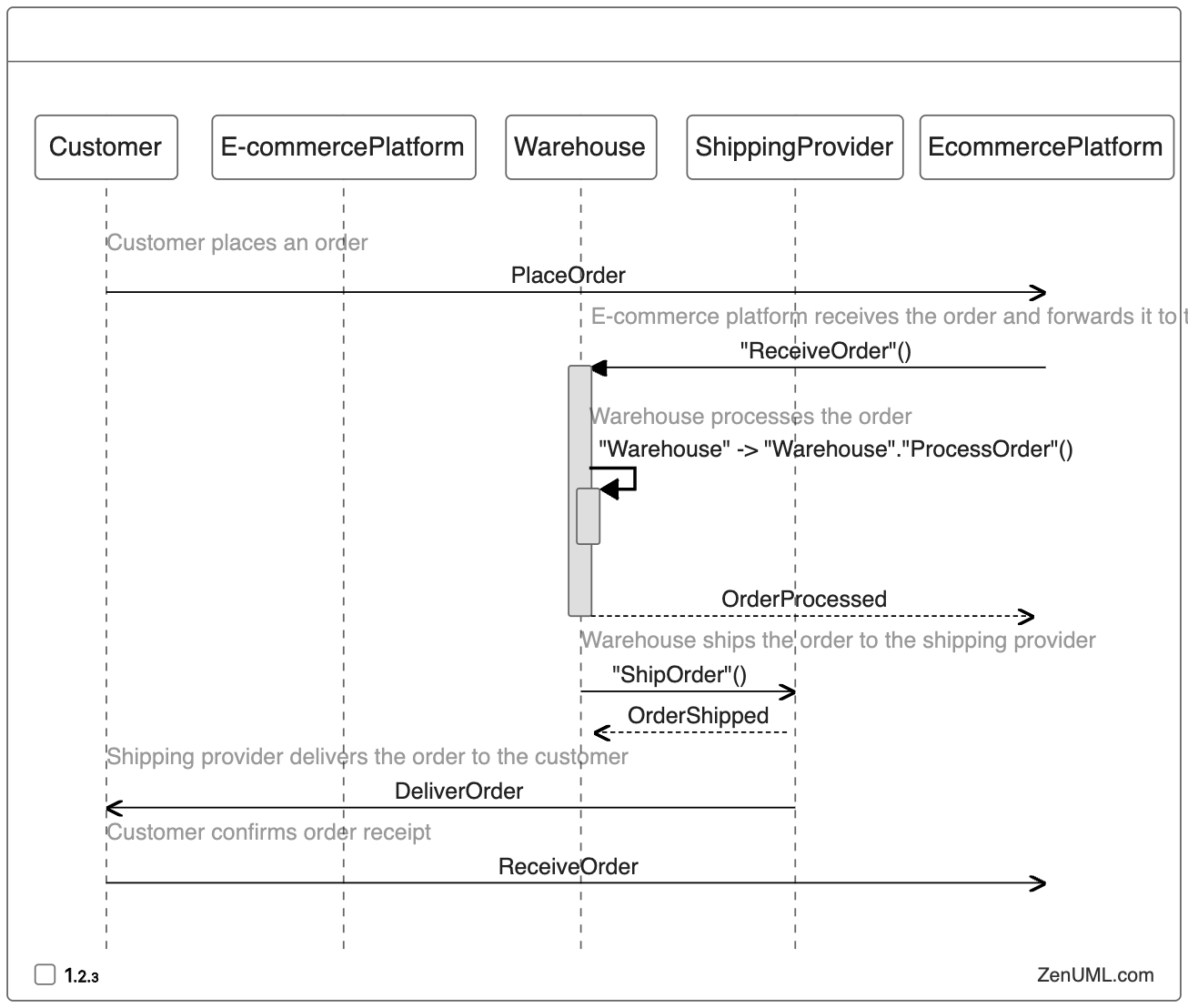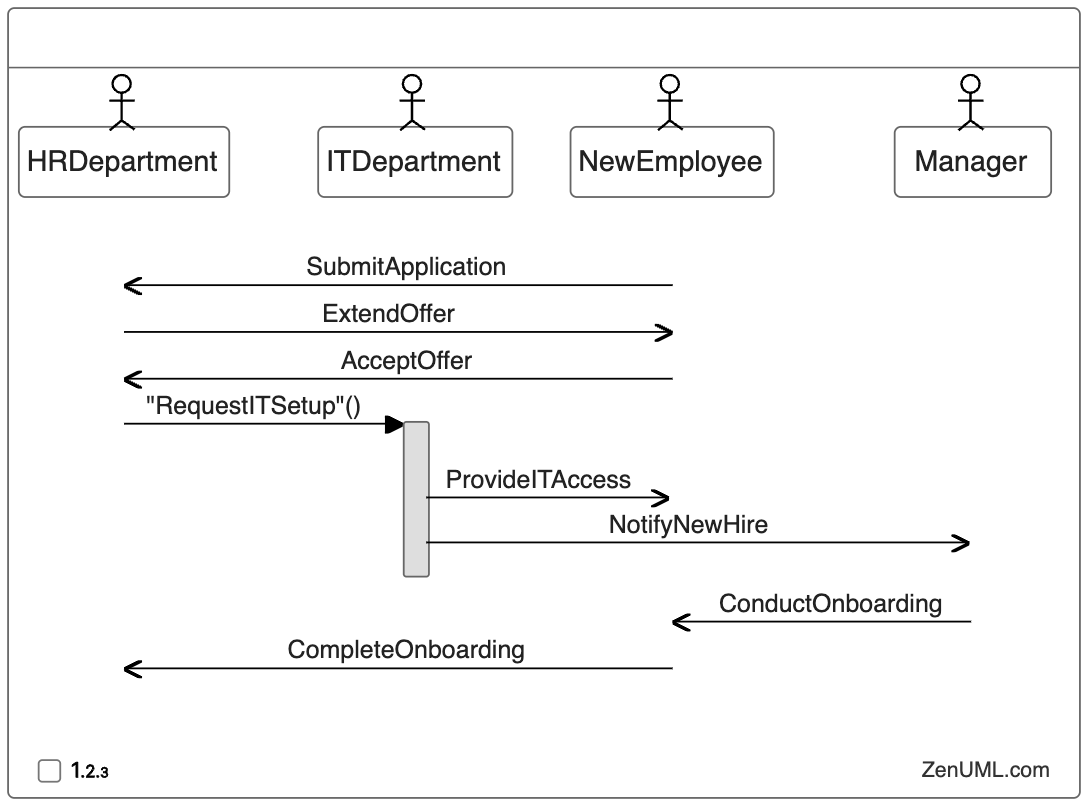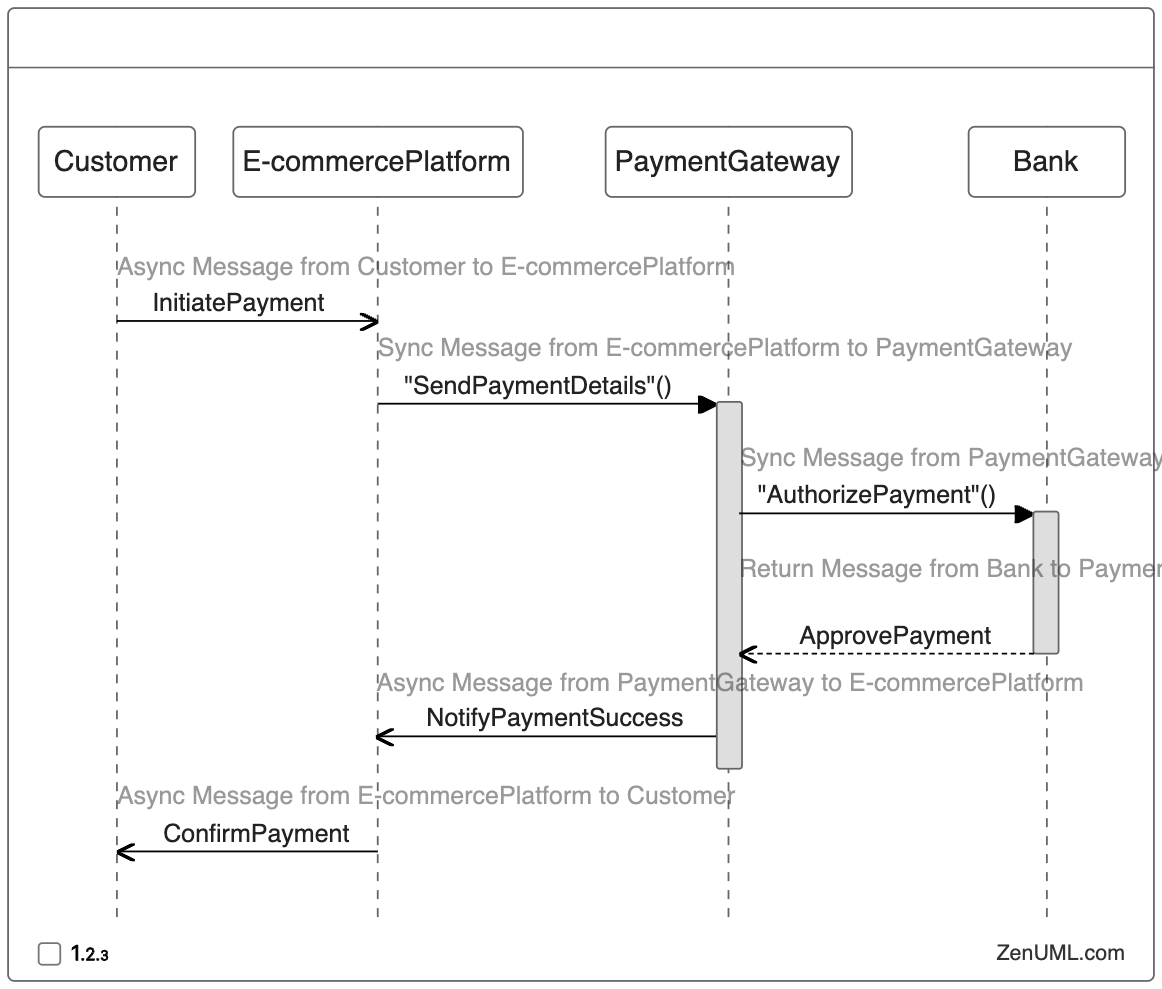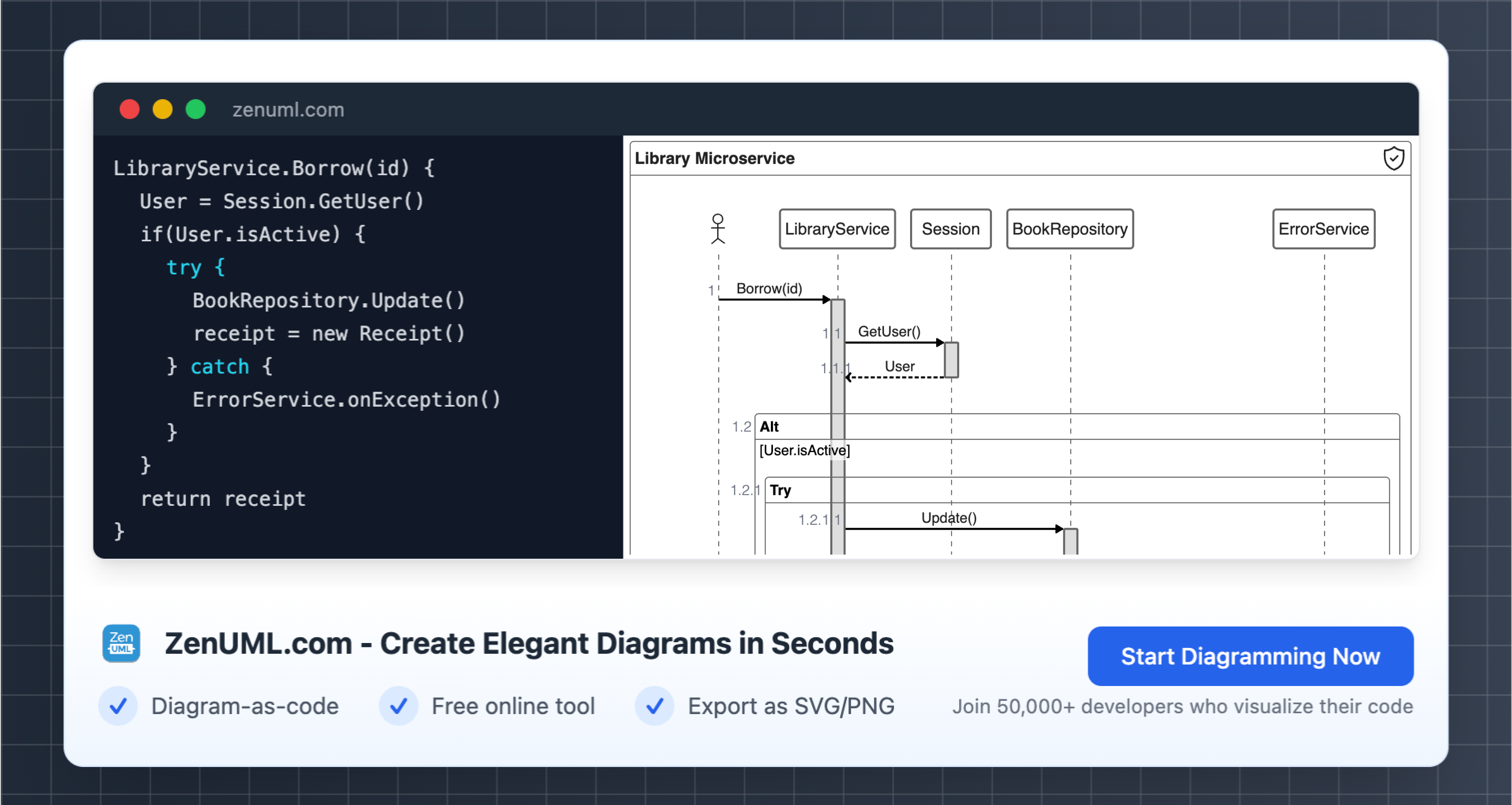Introduction
In the world of business process modeling, the traditional go-to technique has been the Business Process Model and Notation (BPMN). However, as technology advances and the need for more dynamic and interactive process visualizations grows, a new contender has emerged - the sequence diagram. Sequence diagrams offer a unique and powerful way to represent the flow of processes, making them a valuable alternative to BPMN in certain business scenarios.
This blog post will explore practical examples of how sequence diagrams can be used to effectively model business processes, replacing the traditional BPMN approach. We will delve into the benefits of sequence diagrams, their versatility, and how they can be seamlessly integrated into your business process management strategies.
Understanding Sequence Diagrams
Sequence diagrams are a type of Unified Modeling Language (UML) diagram that focuses on the interactions between different entities or objects within a system. These diagrams are particularly useful for visualizing the flow of messages and the order in which they are exchanged, making them a natural fit for representing business processes.
Unlike BPMN, which primarily focuses on the activities and events within a process, sequence diagrams emphasize the interactions between the various stakeholders involved. This shift in perspective can provide a more intuitive and user-friendly way to model and communicate complex business processes.
Practical Examples of Sequence Diagrams in Business Process Modeling
Example 1: Order Fulfillment Process
One of the most common business processes that can be effectively modeled using sequence diagrams is the order fulfillment process. Let's take a look at how this process can be represented using a sequence diagram:

In this example, the sequence diagram clearly shows the interactions between the customer, the e-commerce platform, the warehouse, and the shipping provider. The diagram highlights the flow of messages and the order in which they are exchanged, making it easier to understand the overall process and identify any potential bottlenecks or areas for improvement.
Example 2: New Employee Onboarding Process
Another scenario where sequence diagrams can shine is the new employee onboarding process. This complex process often involves various departments and stakeholders, and a sequence diagram can help visualize the interactions and handoffs:

In this example, the sequence diagram demonstrates the interactions between the HR department, IT department, new employee, and the manager. By visualizing the various steps and the order in which they occur, the onboarding process becomes more transparent and easier to understand for all stakeholders involved.
Example 3: Loan Application Process
The loan application process is another business scenario that can benefit from the use of sequence diagrams. This process often involves multiple parties, such as the customer, the loan officer, the credit department, and the approval committee:

In this sequence diagram, the interactions between the customer, loan officer, credit department, and approval committee are clearly depicted. The diagram illustrates the flow of information and the decision-making process, making it easier for stakeholders to understand the loan application workflow and identify areas for streamlining.
Example 4: Payment Processing Workflow
Payment processing is another critical business process that can be effectively modeled using sequence diagrams. This example showcases the interactions between a customer, an e-commerce platform, a payment gateway, and a bank:

This sequence diagram illustrates the flow of information and the various interactions between the customer, the e-commerce platform, the payment gateway, and the bank. By visualizing the process in this way, it becomes easier to identify potential bottlenecks, optimize the payment workflow, and ensure a seamless customer experience.
Benefits of Using Sequence Diagrams in Business Process Modeling
-
Improved Visualization and Communication: Sequence diagrams provide a visual representation of the interactions between different entities or objects within a business process. This makes it easier for stakeholders to understand the flow of the process and the relationships between the various components.
-
Enhanced Collaboration: Sequence diagrams can serve as a common language for collaboration between cross-functional teams, helping to align stakeholders and facilitate discussions around process improvements.
-
Increased Flexibility: Sequence diagrams are more flexible than traditional BPMN models, allowing for easy modification and adaptation as business requirements change.
-
Detailed Process Modeling: Sequence diagrams can capture the nuances of business processes, including the specific messages and interactions between different parties, providing a more comprehensive view of the process.
-
Easier Identification of Bottlenecks: By focusing on the interactions and flow of messages, sequence diagrams can help identify potential bottlenecks or areas of inefficiency within a business process.
-
Improved Traceability: Sequence diagrams can help establish a clear audit trail, making it easier to track the progress of a process and understand how decisions are made.
Conclusion
As businesses strive to optimize their processes and adapt to changing market demands, the use of sequence diagrams in business process modeling has become increasingly relevant. By leveraging the benefits of sequence diagrams, organizations can enhance their process visualization, improve collaboration, and drive more effective process management.
The practical examples presented in this blog post demonstrate the versatility of sequence diagrams in various business scenarios, from order fulfillment to loan application processes. By incorporating sequence diagrams into your business process management strategies, you can unlock new levels of efficiency, transparency, and agility.
We encourage you to explore the potential of sequence diagrams and consider how they can be implemented in your business. Embrace the power of visual communication and unlock the full potential of your business processes.
We'd love to hear your thoughts and experiences with using sequence diagrams in business process modeling. Please feel free to leave a comment below and share your insights with the community.
Try ZenUML now!
Zenuml detailed feature roadmap available here.

